Annalisa Zanni: The Poldi Pezzoli? I hope to have made it a museum that listens, dialogues and entertains
It is impossible not to succumb to the charm, energy, and deep, almost palpable love that Annalisa Zanni, director of the Poldi Pezzoli Museum, has for the walls of this building, for the figure of its founder, and for all the people who have worked alongside her throughout her career. She has worked for forty years at the Poldi Pezzoli Museum, first as conservator and then, since 2000, as director. She has been in charge of education, conservation, research, and restoration of the collections, and since 1992 she has been involved in the creation of the museum’s new displays, such as the new Arms Room by Arnaldo Pomodoro, the Hall of the Ori, the Collector’s Room, and most recently the opening of the Orangery. His is a simple and clear vision: to follow the example of the founder Poldi Pezzoli and create a place that knows how to listen and is in continuous dialogue with the present and the inexorably passing time. "Passion": This is the word that best describes the magnificent work carried out by director Annalisa Zanni, and now that her term is coming to an end, this burning passion has not been affected in the slightest . 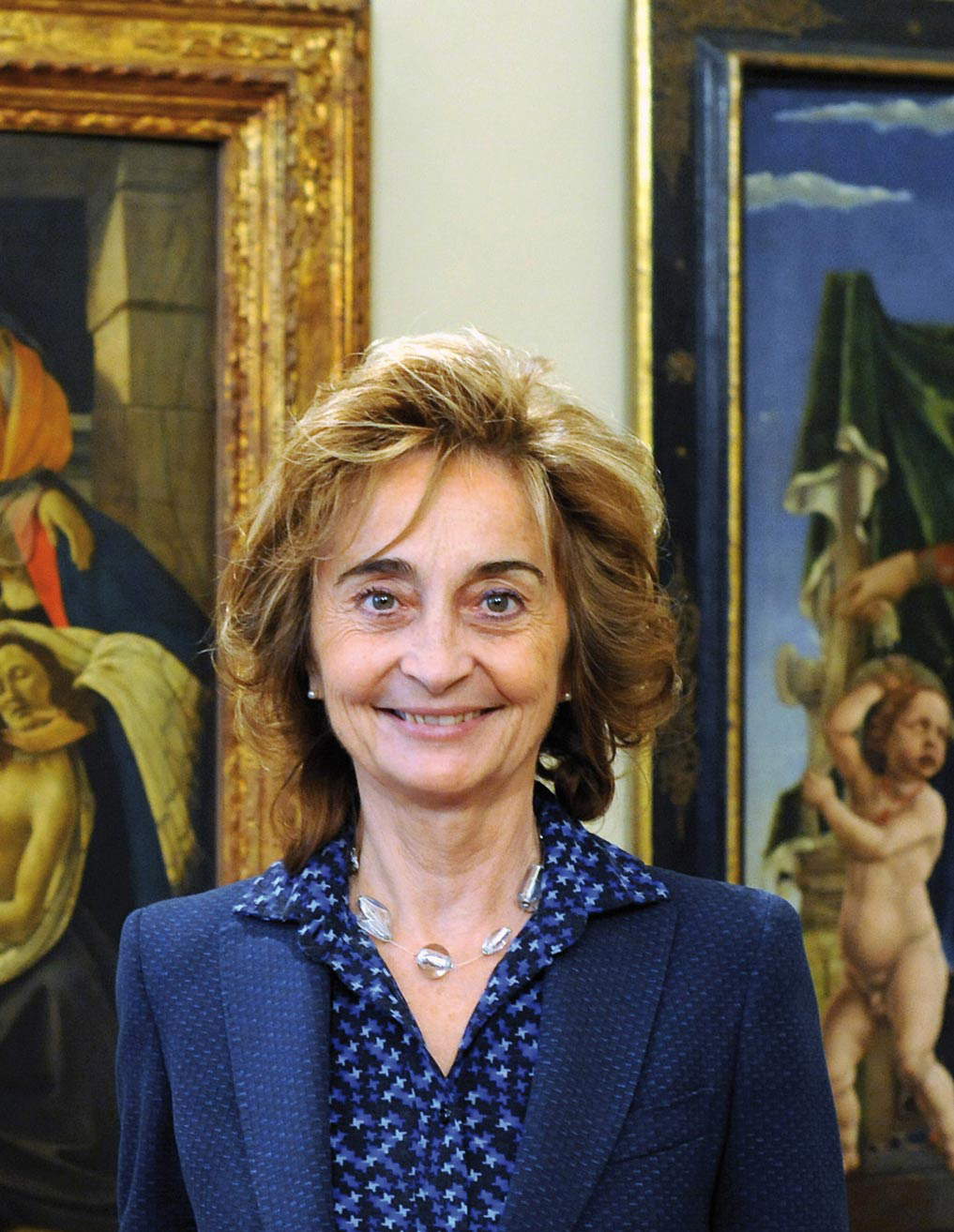
FG. Gian Giacomo Poldi Pezzoli left behind “a treasure chest” and with it a great responsibility, and during these years, she has led the direction of the museum in the full spirit of the founder. Now that your term of office has come to an end after a forty-year career (from 1982 to 1999 as Conservator and from 2000 to the present as director) can you tell us what the museum was like and what it is like now, what have been the achievements that you consider most satisfying in your career at the museum, what makes you most proud and proud?
AZ. My term will end soon, and this was the place where I lived with intense passion and professionalism in my work, so I feel I had a great privilege, just as Poldi Pezzoli felt the duty and privilege of donating its house and all the collections to the people of Milan in addition to a sum of money.I was appointed by public call to succeed Dr. Alessandra Mottola Molfino who was an intelligent, brilliant and visionary woman from whom I learned so much, working elbow to elbow with her for almost twenty years. What I think is fundamental is to respect the identity of the museum, its mission, without, however, slavishly imitating those who came before, but bringing into play, above all, one’s own personality. Nothing would have happened without Poldi Pezzoli, but the idyll would not have continued, in these beautiful years, without such an exceptional staff that has grown exponentially and is always up to date, always efficient always proactive. I am the tip of a very massive pyramid, and extremely competent. Today, the world has completely changed and the role of the director has also changed, who used to be able to study, do research, write books, and could do that because there were relatively few visitors and the museum was closed in on itself as if it were a laboratory. Today it is still a laboratory, but the laboratory of history that has opened up to the public and, this, I think, is an achievement that I chose to seek by entering the museum with education. In my opinion, one should enter the museum as early as two years old, if only to look at the little fish and beginning, thus, to breathe in beauty. Just in the name of maximum inclusion, we also collaborate through sign language and with the Beccaria juvenile prison through the City of Milan, and this made me understand even more how it is not only the museum that knows. Obviously it knows because it studies its own works and this is part of the museum’s Mission, but the theme of listening is fundamental especially for many changes we have put in place.
I read an interesting interview, in the Giorno, about how she was suddenly drawn to the Poldi Pezzoli Museum and how she “happily stuck to it, like an ivy.” Summing up, what do you feel and hope you have left behind?
I think the most important thing for a museum is the delivery of an identity, which then makes ties, relationships flourish. I have always seen the museum as a place of dialogue and giving back to the public a wealth of knowledge that should be transmitted with fun and simplicity. I hope I have returned the idea of a museum that does not impose itself arrogantly, but listens to the public, perceives its problems and does its best to give them back moments of relaxation and even fun, away from the world. We have tried to propose the Poldi Pezzoli house museum, as a space of restitution of relaxation and continuous dialogue by also creating slow “slow guides” to suggest visiting even a part of the museum, but in a calm and peaceful way, taking time, without having to rush. Milan is a city in turmoil and in a constant rush, and we thought it was important to restore a kind of peaceful calm, to work out plans for the future. The message I would like to convey is that the heritage is yours and we are here to give you a hand, to help you, to give you the tools to understand the world also through the use of new languages such as Social that have become fundamental.
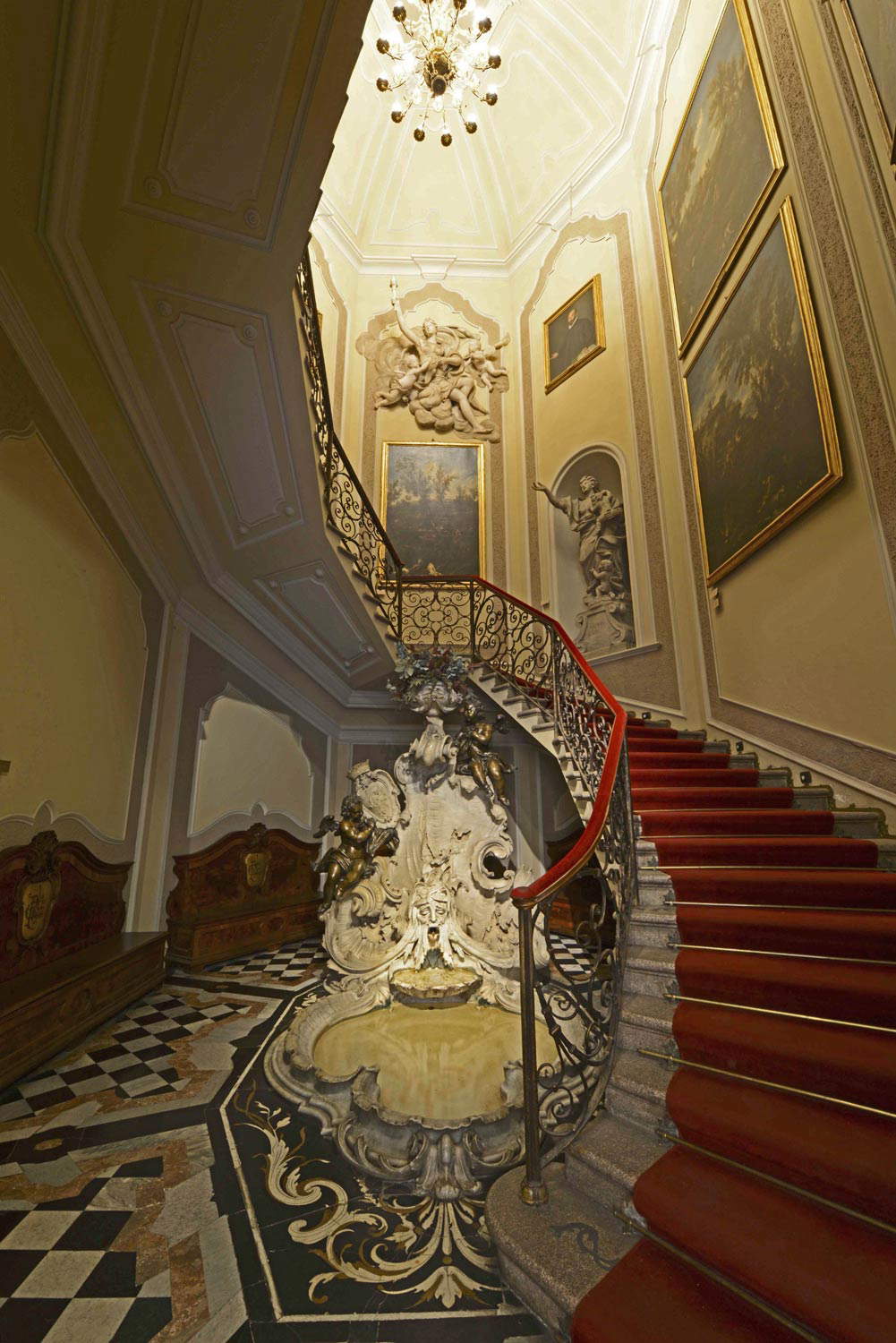
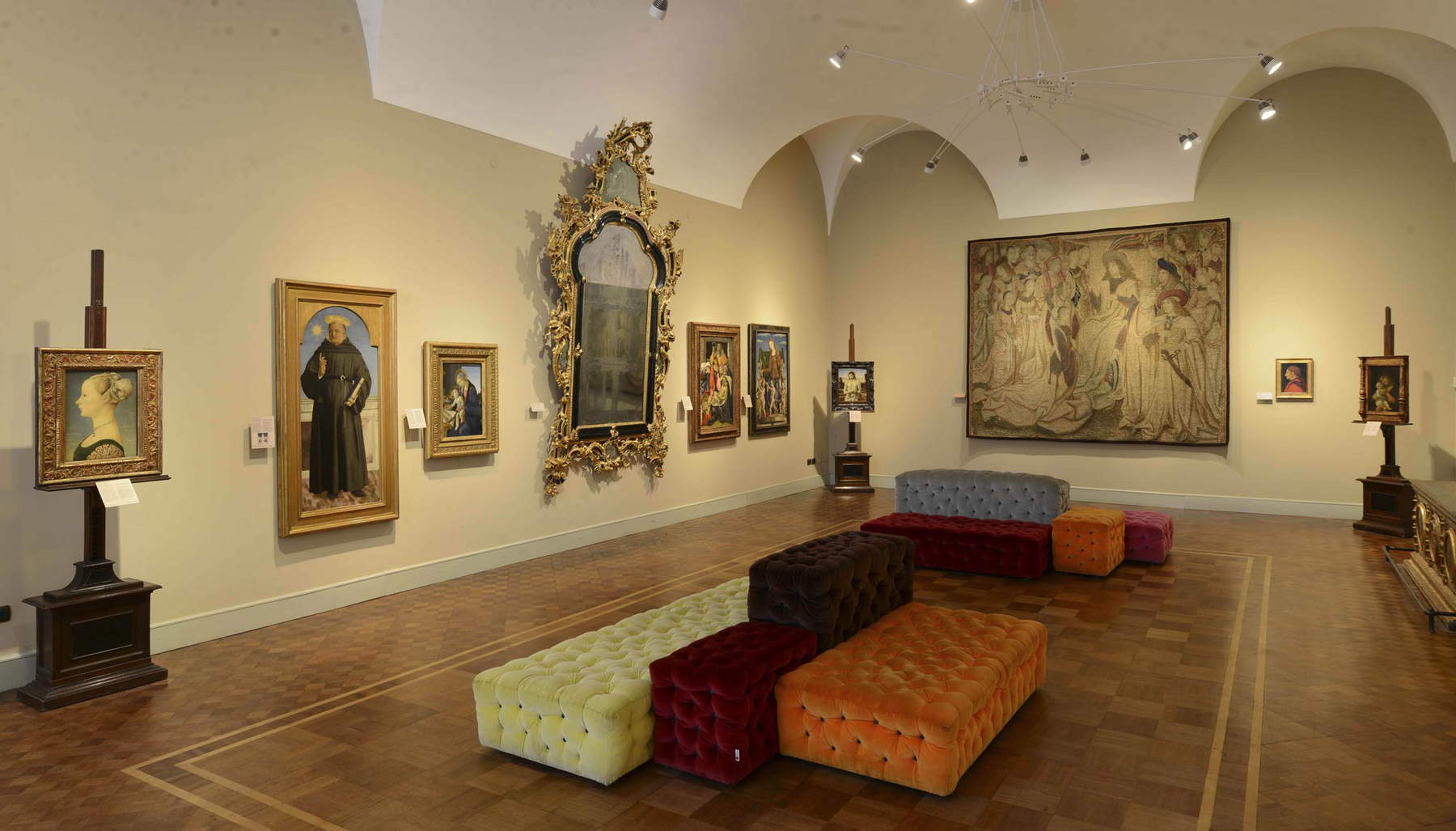 Poldi
PoldiSpeaking of social and new technologies, the relationship between museum and visitor has inexorably changed since the pandemic: what has been the impact of the last two years and what is the aftermath that a museum carries with it?
I must confess that initially I was very concerned about this liberalization of images and videos and thought that visitors would no longer come to the museum. Actually these languages have been crucial, especially during the lockdown. A lot of people said they discovered the museum right during the pandemic, thanks to the Pezzoli Stories pictures and all the children’s games. Then after the lockdown, a lot of young people came to visit the Poldi Pezzoli, just because of our use of social media. We also made a virtual exhibition that has existed since 2019 with Google Art Project, and we are trying to create a virtual itinerary involving all the international house museums. I would say that now the situation is normalizing, but if before the percentage of foreign visitors was significantly higher, now we have more visitors from the territory. Also, the Poldi Pezzoli was the first museum to reopen after the pandemic, on May 18, with a one-euro promotional ticket for the whole summer. There was a desire on our part to encourage people to return, and they did.
During your years as director, the Poldi Pezzoli museum has hosted a huge number of exhibitions: which ones do you feel most fond of and why?
Without a doubt, it was a great honor for me to organize an exhibition around the museum icon “portrait of a lady” by Piero del Pollaiolo, which was also the one that has seen the most visitors so far. For the first time, all four female portraits by Florentine brothers Antonio and Piero Pollaiolo were brought together, and the Milanese work was placed side by side with versions from the Uffizi Gallery in Florence, the Gemäldegalerie in Berlin and the Metropolitan Museum of Art in New York. In the dialogue with the various languages, important photographers such as Giovanni Gastel, Maki Galimberti, Neige De Benedetti and Maria Mulas were also involved in the exhibition. I really love the mixing of past and present, because it returns the possibility of establishing a dialogue and enriching the Museum and its works with new readings. A special memory is when I went to Beccaria Prison to present the exhibition “The Ladies of Pollaiolo,” I was strongly moved by the welcome I received and the preparation and intelligence of the questions I was asked. In addition, I received a beautiful gift: a small box with a scroll and the image of the Dama del Pollaiolo, created by them.
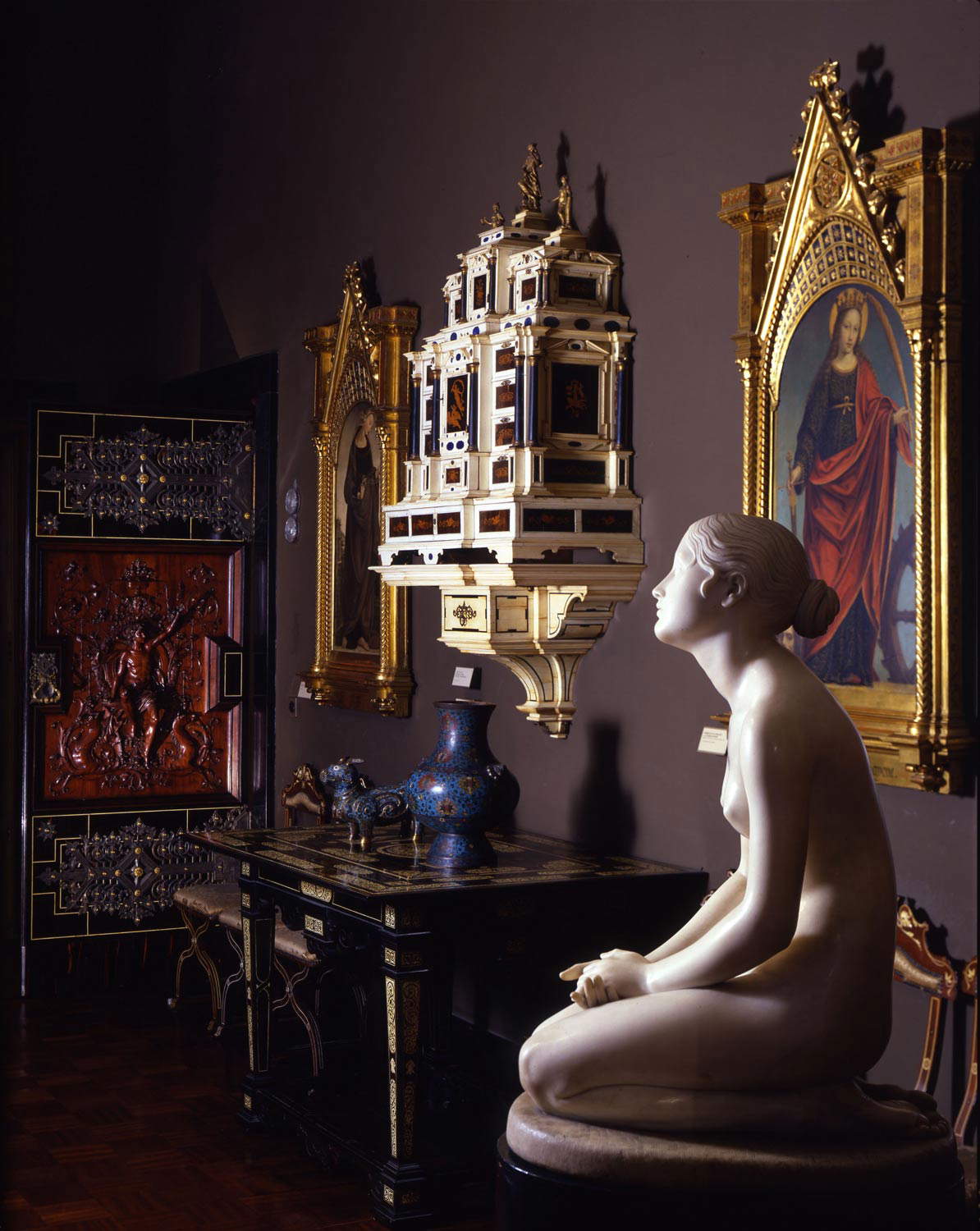
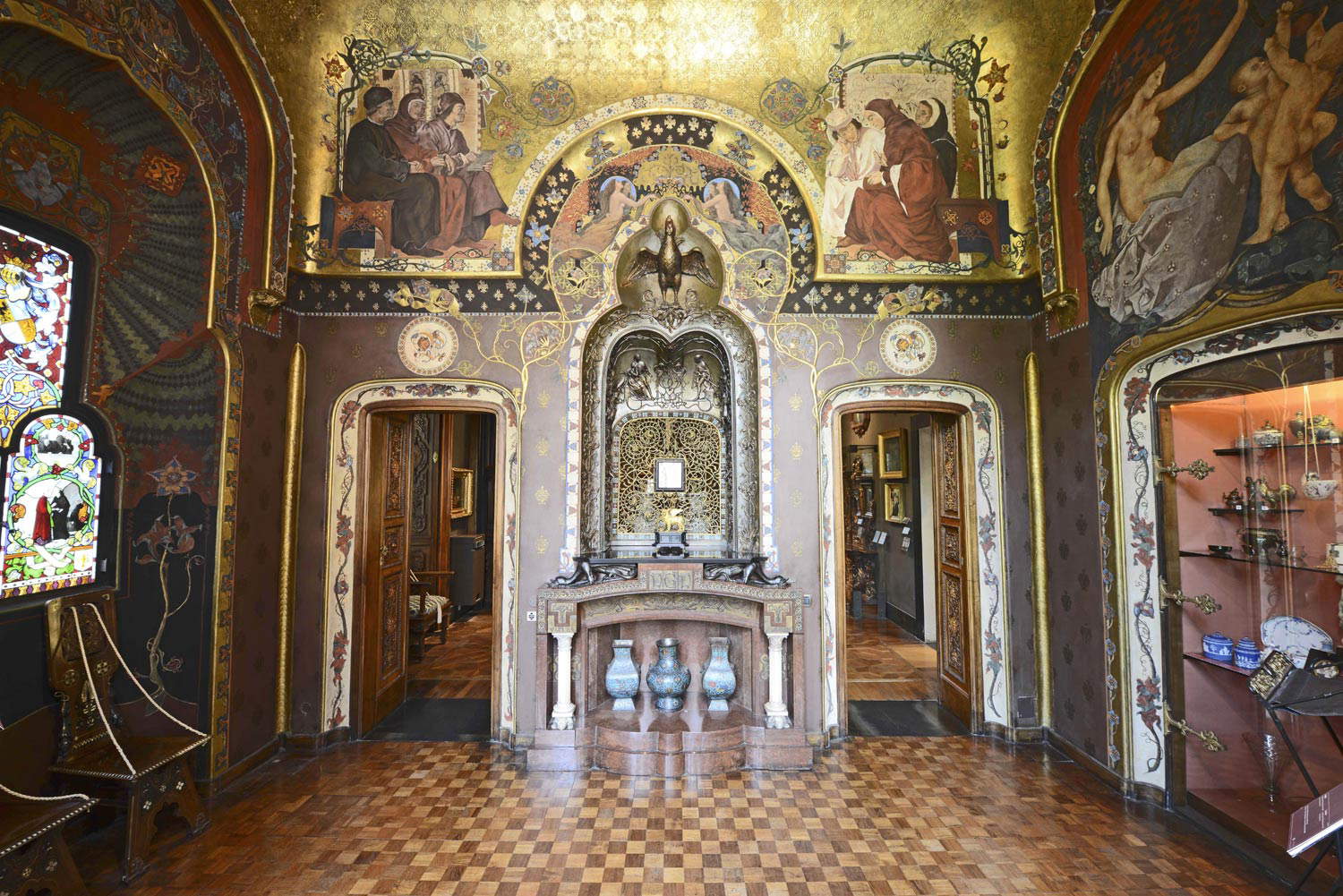 Poldi
PoldiSocial engagement is a key part for you and the museum. What initiative has been particularly close to your heart?
I have been particularly impressed not only by the relationship with the deaf public but also by the experiments with Alzheimer’s patients. But what I hold most dear to my heart is the relationship with the prison, which has been really special for me. I have received a lot from these young people, and the work has been done with great willingness, including from the assistants who work in the prison. One initiative that particularly moved me was the one that took place in San Vittore, where postcards of Pollaiolo’s lady were given away. They started to go around the walls and people commented on them, told stories, and a group of young people created an image of the lady dressed in clothes typical of their home area, immersing her in their history and contaminating various cultures in an extraordinary way, and the whole thing ended with a rap song dedicated to her. Finally, we asked for exit permits for two girls and two boys, so that they could see the museum and organize a press conference together to make it clear how important, this trail is. Of course, this, is a small segment is a drop, however, it works. Minorities and fragile audiences are finally at the center of attention, and we have been dealing with them a little bit, but you always have to team up and, above all, be institutions that work in this direction to offer services and to make sure that all people can have access to an experience that we take for granted.
Gian Giacomo Poldi Pezzoli, wanted his house-museum to be for public use and benefit. How did the founder’s thinking and commitment influence the way you work?
Exactly: the founder, Poldi Pezzoli, drew up his will in 1861 in which he stipulated that his house and the works contained therein should become part of an Artistic Foundation for public use and benefit. Personally, I feel cloned with Gian Giacomo Poldi Pezzoli because I share everything he believed in. If you know yourself, what your history was, you can move forward and build the future. He did not just acquire works that were stationary in the past, but he put them side by side with contemporary acquisitions, and in this spirit the museum’s first director Giuseppe Bertini also continued.
To conclude, going back to the Poldi Pezzoli Museum: what legacy do you leave to your successor, what is the baton you would like to pass on, and how do you envision the future of the museum?
I believe that, having arrived at this point, it is my duty to work alongside the person who will be chosen by the committee to hand over all that is the experience we have had, to give back what has been the research together over these years, but not to direct the future. This house museum is a representation of a strongly international Milan, but I would like it to always maintain its elegance and measure. Otherwise, though, I am genuinely curious to find out what will happen. How do I imagine the museum in the future? Well, I have my ideas and I will have them until my last breath, but I don’t want to influence in any way whoever succeeds me-everyone needs to chart their own path. What needs to be clear is that I will always be there with respect for those who come and their plans.
Warning: the translation into English of the original Italian article was created using automatic tools. We undertake to review all articles, but we do not guarantee the total absence of inaccuracies in the translation due to the program. You can find the original by clicking on the ITA button. If you find any mistake,please contact us.




























